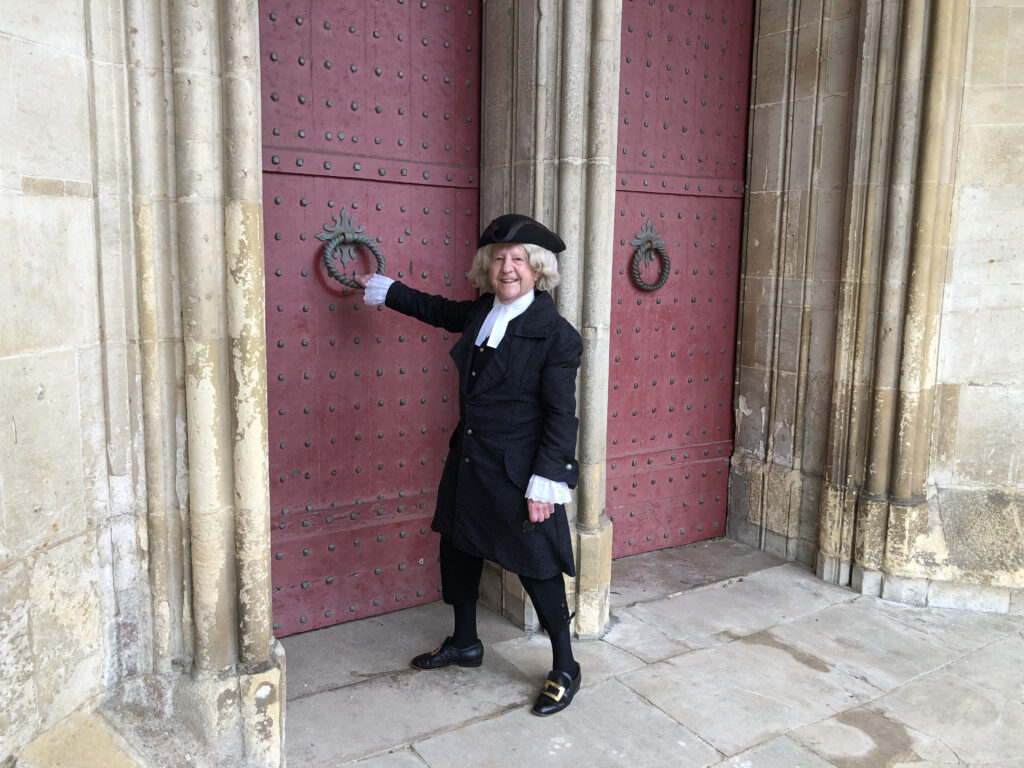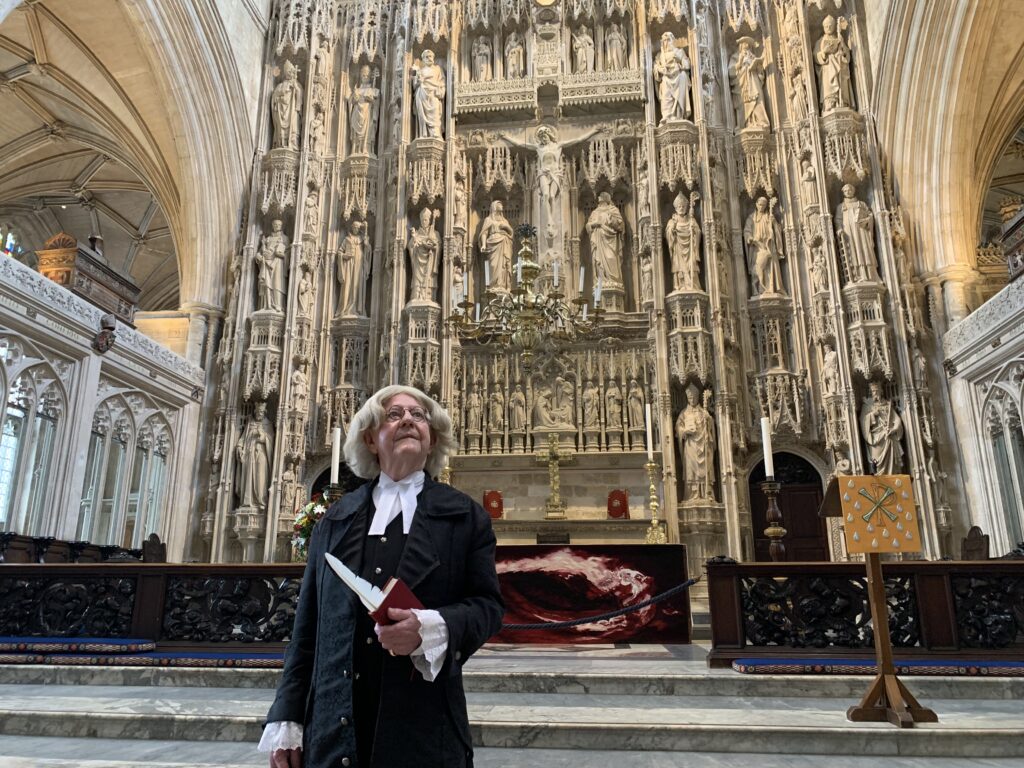
Display on life of gardener, naturalist, writer – and clergyman – Gilbert White opens at Winchester Cathedral
For 46 years, Rev Gilbert White (1720-1793) was a parish priest in 18th century Hampshire, most of that time at the village of Selborne. Besides being a much loved parish priest, he won enduring fame as a careful and disciplined observer and recorder of nature, finally publishing his great work, The Natural History of Selborne, in 1789. Ever since, The Natural History has held a firm place in the hearts of readers worldwide. As one reviewer of the time put it, “A more delightful, or more original work….has seldom been published.”
Gilbert was a pioneer of gardening, and a careful observer of all things natural. As David Attenborough puts it, he was “a man in total harmony with his world.”

This week, a new exhibition opened in Winchester Cathedral, which tells the story of his life and his love for nature. Visitors will be able to see it in the North Aisle of the Cathedral until September.
“We are delighted to welcome this display dedicated to one of the Diocese’s most famous and fascinating past clergy” says Dr Roland Riem, Vice-Dean and Canon Chancellor of the Cathedral. Dr Riem leads the educational team at the Cathedral, and sees Gilbert White as a man who is as much a beacon for our age, as he was for the 18th century.
Roland Riem, Vice-Dean and Canon Chancellor at Winchester Cathedral said: “The Cathedral is delighted to welcome this display, dedicated to one of the Diocese’s most famous and fascinating past clergymen. It is important that Gilbert White, an iconic Hampshire figure, is recognised and celebrated as his life and work is highly relevant today, at a time of rapid environmental change.”

Ironically, Gilbert, like many 18th century clergy, was a very rare visitor to his diocesan cathedral. His brother Henry notes in his Journal Gilbert’s only recorded visit to the cathedral, to admire the new altar piece on 6th April 1782. “Saw the new altar piece at Winchester Cathedral, the raising of Lazarus by Mr West – very fine, the frame gone to be changed.”
“For a man who lived a quiet and secluded life in a small Hampshire village, Gilbert was immensely active,” says Philip Geddes, Trustee of the Gilbert White's House & Gardens, and author of the display text. “He was a great gardener, producing food for friends and family. He was the first to grow potatoes in the area, and worked out a way of growing melons successfully in the unfriendly English climate. But he combined this with careful observation of all aspects of nature – he identified several new species of animals, including the harvest mouse, and his observations on the important role of earthworms in fertilising the ground inspired Darwin to write a book on the subject.
“We are very grateful to the cathedral for lending us the North Aisle so that Gilbert’s remarkable life and achievements can be properly celebrated. “

